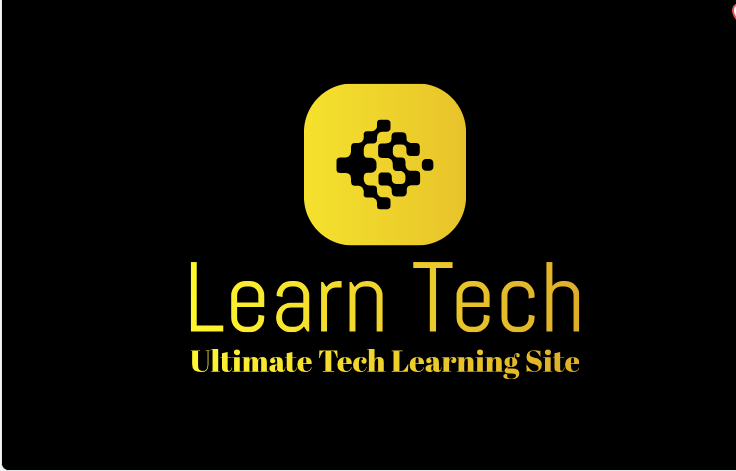Exploring the Frontier: The Current and Future Impact of Virtual Reality.
Virtual Reality (VR) has transitioned from the realm of science fiction into a tangible and transformative technology that’s shaping various industries and aspects of daily life. From immersive gaming experiences to advanced medical applications, VR is pushing the boundaries of what’s possible. In this article, we’ll explore the current state of VR technology, its applications, and what the future holds.
1. Understanding Virtual Reality
Virtual Reality is a simulated experience created using computer technology that immerses users in a three-dimensional environment. Unlike traditional screen-based interactions, VR engages multiple senses, including sight, sound, and touch, to create a sense of presence in a virtual world. This is typically achieved through specialized hardware such as VR headsets, motion controllers, and haptic feedback devices.
2. Current Applications of VR
Gaming and Entertainment
Gaming is perhaps the most well-known application of VR. The technology has revolutionized the gaming industry by providing deeply immersive experiences that go beyond what traditional gaming platforms can offer. Popular VR games like *Half-Life: Alyx* and *Beat Saber* allow players to physically engage with the game world, making for an unparalleled gaming experience.
Education and Training
VR is increasingly being used in educational settings to enhance learning experiences. Virtual classrooms and simulations offer interactive learning environments where students can explore complex concepts in a hands-on manner. For instance, medical students can perform virtual surgeries, and engineering students can interact with 3D models of machinery.
Healthcare
In healthcare, VR is used for both treatment and training purposes. It’s employed in pain management, therapy for PTSD, and rehabilitation exercises. For example, VR exposure therapy helps patients confront and manage fears in a controlled setting. Additionally, VR simulations are used to train surgeons and medical professionals, providing them with realistic practice scenarios.
Real Estate and Architecture
VR is transforming real estate and architecture by enabling virtual property tours and architectural visualizations. Prospective buyers can explore properties remotely, and architects can present their designs in immersive 3D environments, making it easier to communicate ideas and make decisions.
Social Interaction
Social VR platforms are emerging as new ways to connect with others in virtual spaces. These platforms, such as AltspaceVR and VRChat, allow users to meet, interact, and collaborate in a virtual environment, offering a sense of presence and community that transcends geographical barriers.
3. Challenges and Limitations
Despite its advancements, VR faces several challenges. One major issue is the cost of high-quality VR hardware, which can be prohibitive for many consumers. Additionally, there are concerns about the physical effects of prolonged VR use, such as eye strain and motion sickness. The technology also requires significant computing power, which can limit its accessibility and performance.
4. The Future of VR
The future of VR looks promising as technology continues to evolve. Innovations in hardware, such as lighter and more comfortable headsets with higher resolutions, are expected to enhance user experiences. Additionally, advancements in software, including more realistic simulations and more intuitive user interfaces, will expand VR’s applications.
Integration with other technologies, such as Artificial Intelligence (AI) and augmented reality (AR), will further enhance VR’s capabilities. For example, AI could create more responsive and intelligent virtual environments, while AR could blend digital elements with the real world, offering new ways to interact with VR.
Virtual Reality stands at the forefront of technological innovation, offering transformative experiences across various sectors. As the technology continues to develop, its potential applications will only expand, further integrating VR into our everyday lives. While challenges remain, the ongoing advancements promise a future where VR becomes an even more integral part of how we learn, work, play, and connect.
The journey of VR is one of exploration and evolution, and as we advance into this new frontier, it will undoubtedly continue to surprise and inspire.

.jpg)




